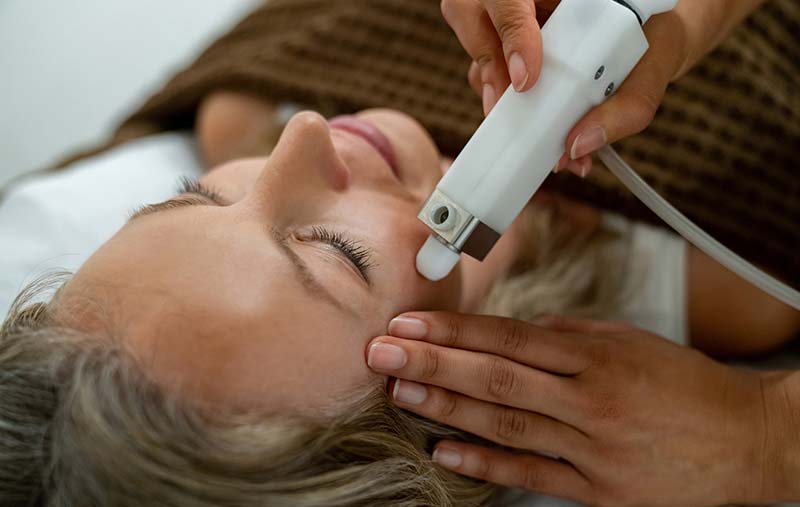New Skin & Body
Before & after


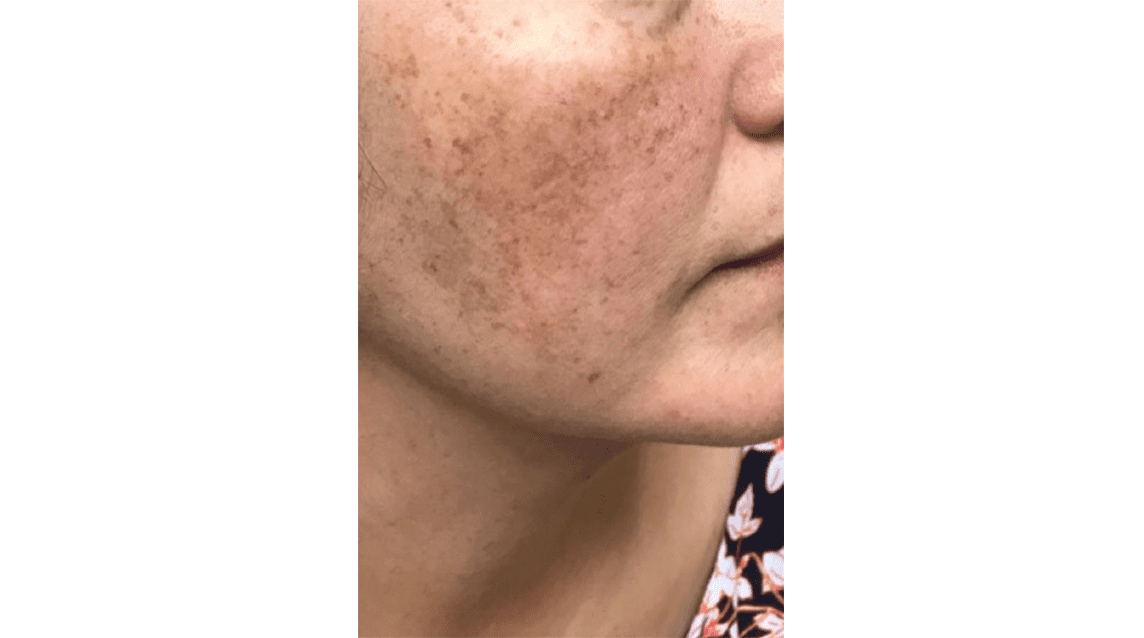
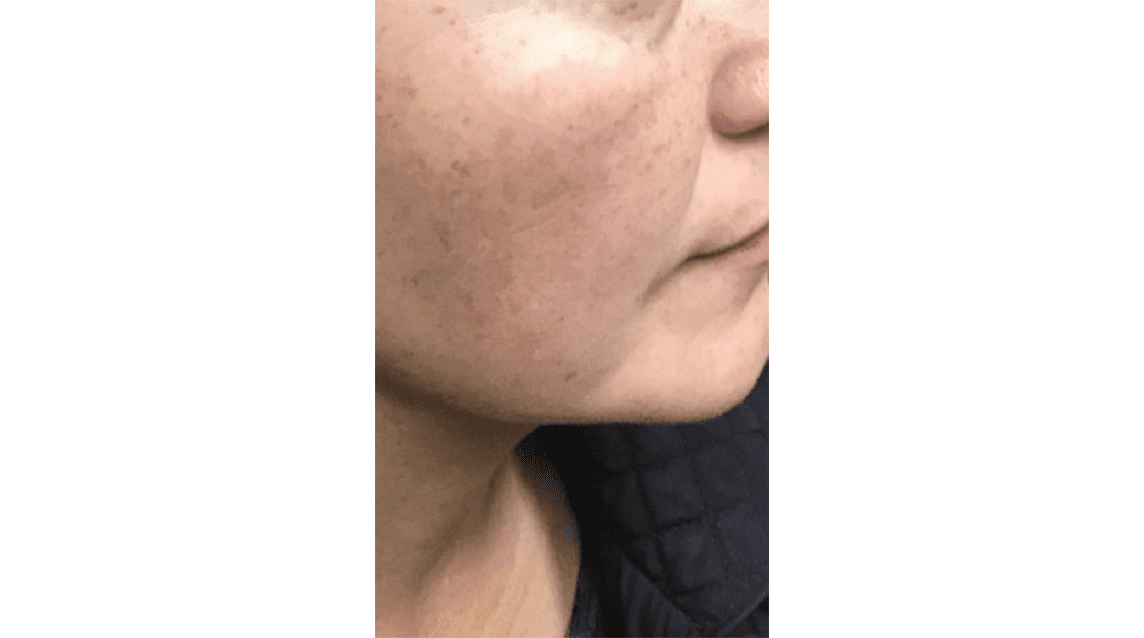
PicoLazer
ABOUT THE PICOLAZER
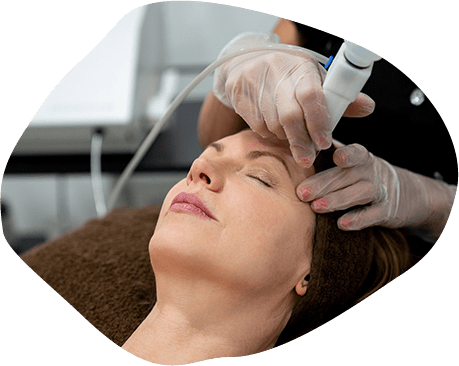
New Skin & Body Aesthetics offers a revolutionary laser treatment for patients with benign pigmented skin lesions and melasma. Our specialists use the PicoLazer to effectively treat brown spots, port-wine stains, and cherry angiomas.
Brown spots. These types of spots commonly appear on the back of the hands, face, back, and shoulders. They can vary in size and the color may depend on the patient’s skin tone. Brown spots are not painful and have the same texture as the skin. Common causes of brown spots include sun damage, hormonal changes, medication side effects, inflammation, wound healing, irritation, and diabetes.
Port-wine stains. Also known as nevus flammeus, port-wine stains are a pink or purple birthmark on the skin. These stains are usually harmless, but in some cases they may signal an underlying health condition.
Cherry angiomas. These types of spots are a collection of small blood vessels that create a reddish appearance. Cherry angiomas are usually found on people aged 30 and older.
Melasma. Melasma is a skin condition that causes dark, discolored patches. Melasma patches are darker than the patient’s usual skin color and may appear on the cheeks, forehead, chin, bridge of the nose, neck, forearms, and other areas of the body that receive frequent sun exposure. Though the discoloration does not cause any harm, patients may feel self-conscious about the appearance of patches.
The PicoLazer is the latest generation of Picosecond lasers and is considered an advanced treatment for pigmentation because it generates a minimal amount of heat. Heat causes skin discoloration to spread, which is why most lasers cannot be used to treat pigmentation like melasma. But PicoLazer uses a 450-picosecond pulse speed to create photo-acoustic energy.
New Skin & Body
PREPARING FOR PICOLAZER TREATMENT
New Skin & Body
CARBON FACIAL WITH PICOLAZER
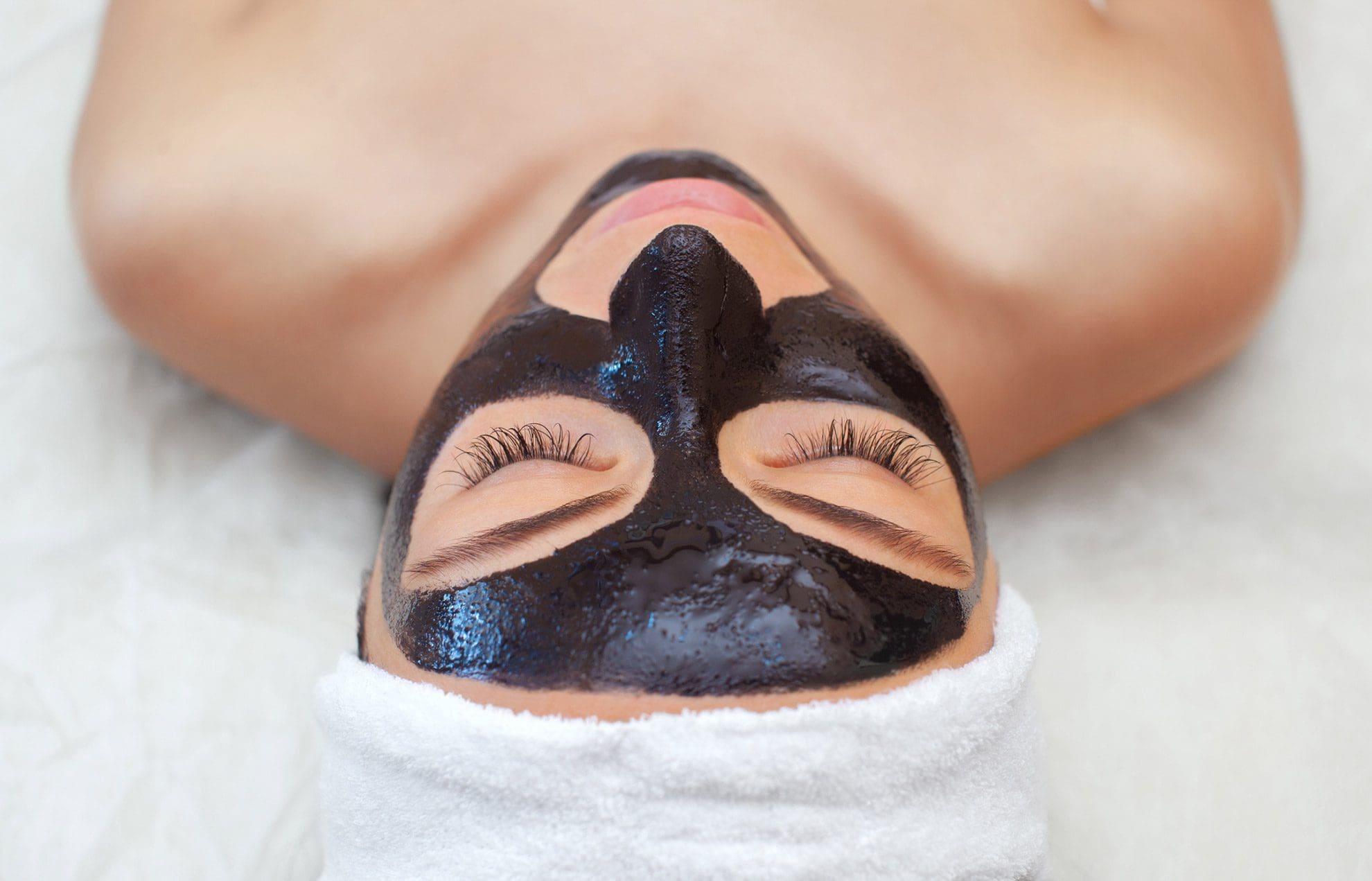
New Skin & Body offers a carbon facial with the state-of-the-art PicoLazer, which is designed to deliver maximum results after just one treatment.
A carbon facial is commonly used to improve the skin of individuals with oily skin, acne, enlarged or clogged pores, acne pigmentation, melasma, fine lines, wrinkles, or sun damage, by deeply exfoliating the skin and helping to stimulate collagen production.
Unlike chemical peels, laser carbon facials use heat instead of chemicals, require no downtime, and cause less redness and irritation for patients with sensitive skin or skin conditions such as eczema.
The aesthetician will begin by cleaning the patient’s face and removing all makeup and lotions. Next, they will put on gloves and apply a thin coating of carbon liquid (about eight to 10 drops) to the face and wait 10 minutes for it to dry. The carbon absorbs oil, dirt, and dead skin cells deep within the pores.
The aesthetician will then adjust the lens and laser settings depending on how black and thick the carbon liquid is. They will be careful to stay away from tattooed eyebrows or tattooed lip liner and use a tongue depressor to prevent laser exposure to the hair and lips. Patients will have an eye shield placed on their eyes to prevent eye damage.
Once the treatment has been completed, the aesthetician will use wipes or water and a washcloth to remove any residual carbon from the face. Immediately after treatment, patients should see brighter, glowing skin and tighter pores. Your specialist will give you directions for aftercare.
New Skin & Body
faq
New Skin & Body
schedule an appointment
